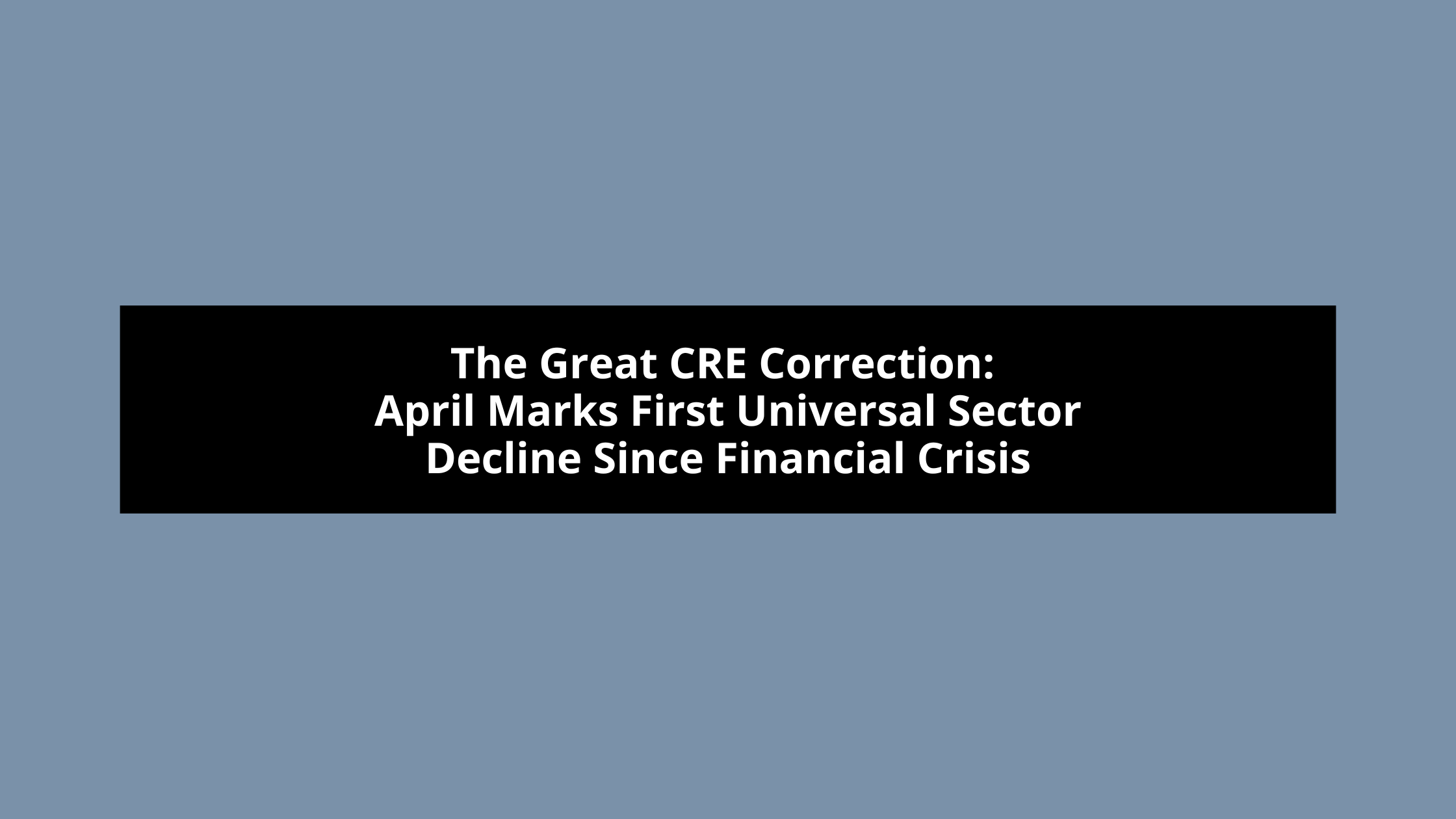The $18 Billion Problem: How Troubled CRE Debt Is Reshaping Banking’s Future
The commercial real estate market stands at a critical crossroads as troubled debt restructuring surged to $18 billion in Q4 2024, tripling from just $6 billion in Q2 2023. This dramatic increase signals deeper structural challenges within the CRE sector that could have lasting implications for the U.S. banking system.
Banking Sector Under Pressure
High interest rates and a wave of maturing loans have created a perfect storm for banks with significant commercial real estate exposure. The situation is particularly concerning for institutions whose CRE exposure exceeds 300% of their total equity capital, placing them in a vulnerable position should market conditions deteriorate further.
Financial regulators have taken notice, actively encouraging banks to reduce their CRE exposure. However, many institutions have opted for a “extend and pretend” strategy—restructuring existing loans while waiting for interest rates to eventually decline. This approach may delay addressing fundamental problems rather than solving them.
The Numbers Behind the Trend
Research from Florida Atlantic University reveals that over half of the restructured debt involves non-owner-occupied, nonfarm, and non-residential mortgages. Adding to these concerns are emerging signs of deterioration in both multifamily and commercial construction loans. Despite these troubling indicators, aggregate CRE exposure across the banking sector has remained relatively steady at 132% for the quarter. This stability masks significant variation among individual institutions, with some facing substantially higher risk profiles.
What’s Next for CRE and Banking: Looking ahead, several factors will likely shape the trajectory of CRE debt:
- Interest Rate Environment: Any adjustment in the Federal Reserve‘s monetary policy will have immediate implications for restructured debt and new lending.
- Regulatory Response: Expect increased scrutiny and potential new guidelines for banks with outsized CRE exposure.
- Market Adaptation: Property valuations will continue adjusting to reflect higher financing costs, potentially triggering further restructuring needs.
- Regional Disparities: Secondary and tertiary markets may experience different recovery patterns than primary urban centers.
The tension between regulatory pressure to reduce exposure and market reality will force banks to make difficult decisions about their CRE portfolios. Some institutions may need to accelerate write-downs and property dispositions, while others might strengthen their position through strategic acquisitions of distressed assets. For investors and market participants, this evolving landscape presents both challenges and opportunities as the sector works through this significant level of troubled debt.
About Myles Lichtenberg
Myles Lichtenberg, Esq., is a recognized leader in the real estate title insurance industry. Since 1979, Mr. Lichtenberg, and his amazing team, have conducted well over 27,000+ real estate title transactions and over $16 Billion Dollars of settled transactions, involving just about every type and variety of real estate configuration – from commercial to residential, from complex to simple and from single-state to multi-state portfolios.


